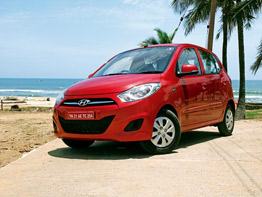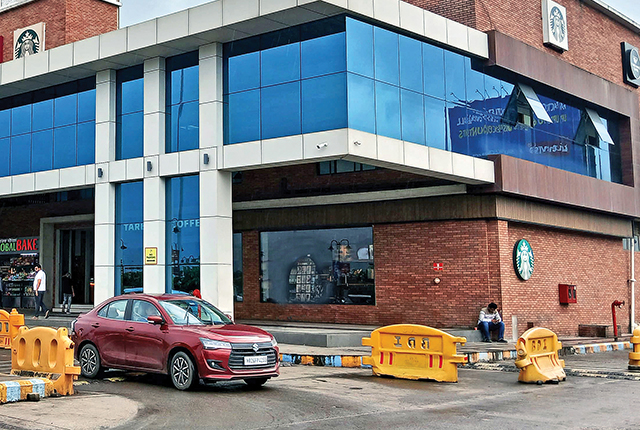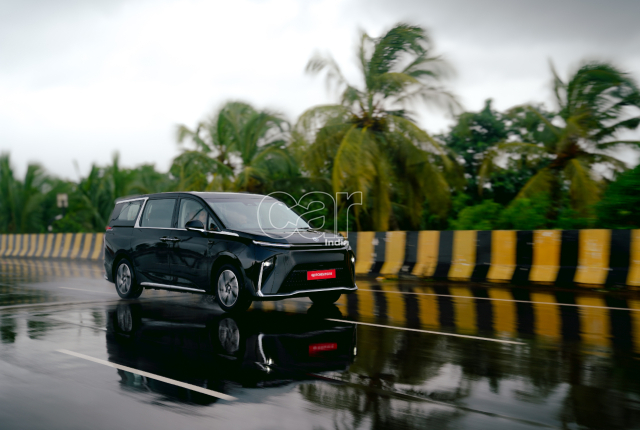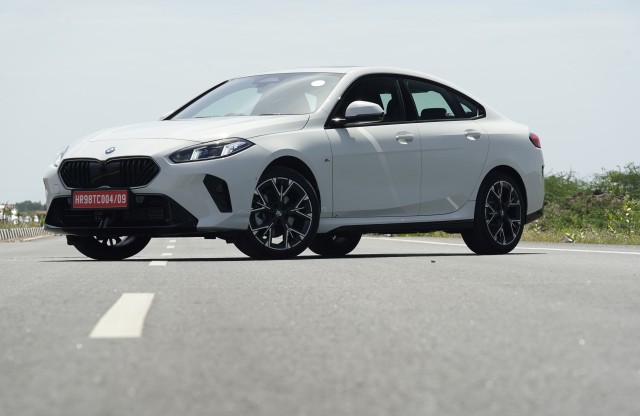When you look at the Korean company’s products, you begin to understand why. Whether it was the Santro or the newer i10 and i20, these cars have gone on to rock the market. Of these, the i10 is currently the largest seller in Hyundai’s range and has the distinction of being the second-highest selling car in India.
So, if it ain’t broke, why fix it? Well, Hyundai wants to stay ahead of the game. Three years is a long time and human tendency is to tire of something after a while. The i10 also has increasing competition in the market from a whole raft of new entrants. It would be folly to ignore the market trends in such a situation.
So it was that we found ourselves in Chennai, home of Hyundai in India. The itinerary provided for a nice little jaunt down the East Coast Road to the picturesque former French colony of Pondichery and back.
But first, a look at what’s new. The i10 has been revised inside and out and under the skin as well. It’s a comprehensive makeover, and well-judged at that.
 The all-new ‘face’ with the angular fog lamps, snarling hexagonal grille with honeycomb mesh and restyled headlamps are far more aggressive than the earlier car’s styling. This helps to give it a distinct identity and, unlike most facelifts, I happen to find this version much more attractive than the original. The rear bumper has also been tweaked slightly, with the changes being restricted to the lower skirt, which now comes with reflectors on the higher versions. Rear-view mirrors with integrated indicators are also found on the ‘new’ i10.
The all-new ‘face’ with the angular fog lamps, snarling hexagonal grille with honeycomb mesh and restyled headlamps are far more aggressive than the earlier car’s styling. This helps to give it a distinct identity and, unlike most facelifts, I happen to find this version much more attractive than the original. The rear bumper has also been tweaked slightly, with the changes being restricted to the lower skirt, which now comes with reflectors on the higher versions. Rear-view mirrors with integrated indicators are also found on the ‘new’ i10.
Inside, the dashboard colours have been revised with a less contrasting combination of grey and beige, which looks nicer than the previous black-and-cream combo. There’s a new metallic finish to the centre console as well. The higher versions of the i10, which come with a built-in stereo, now also have Bluetooth connectivity and a USB slot.
Mid-life Makeover






















Leave a Reply